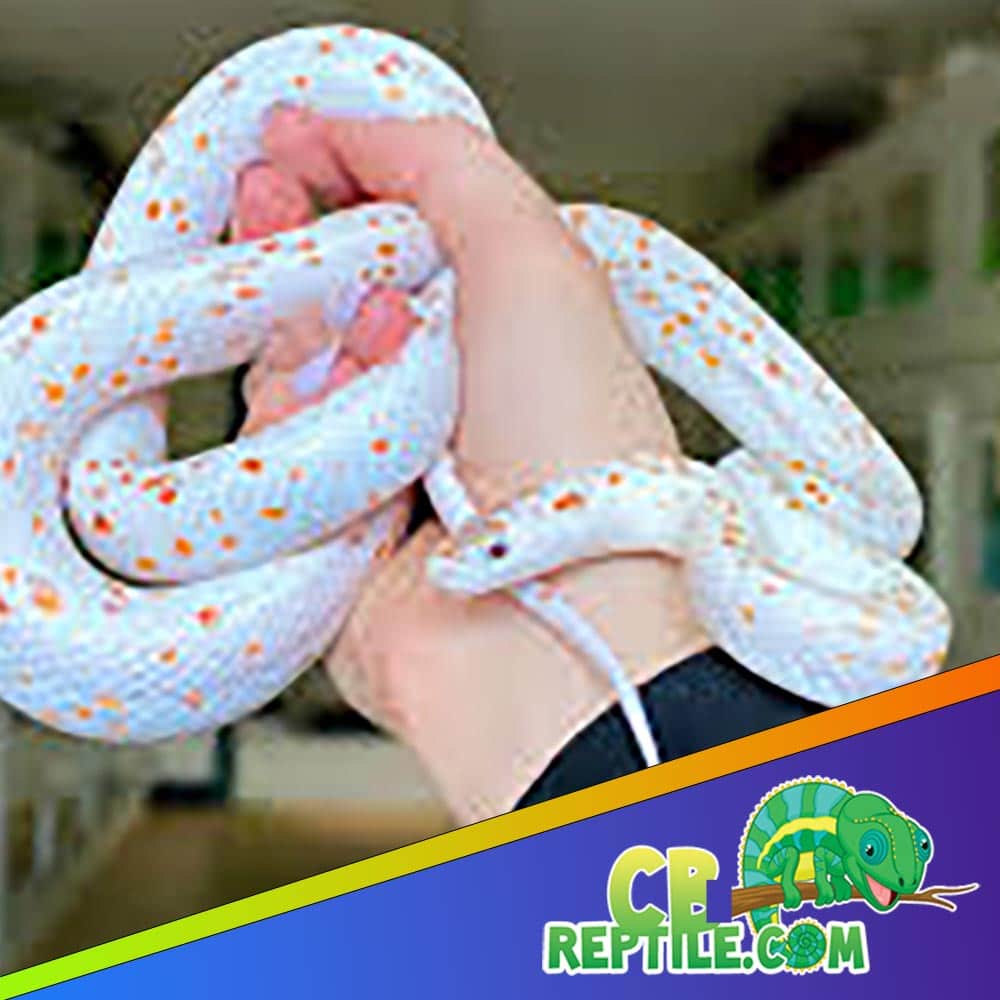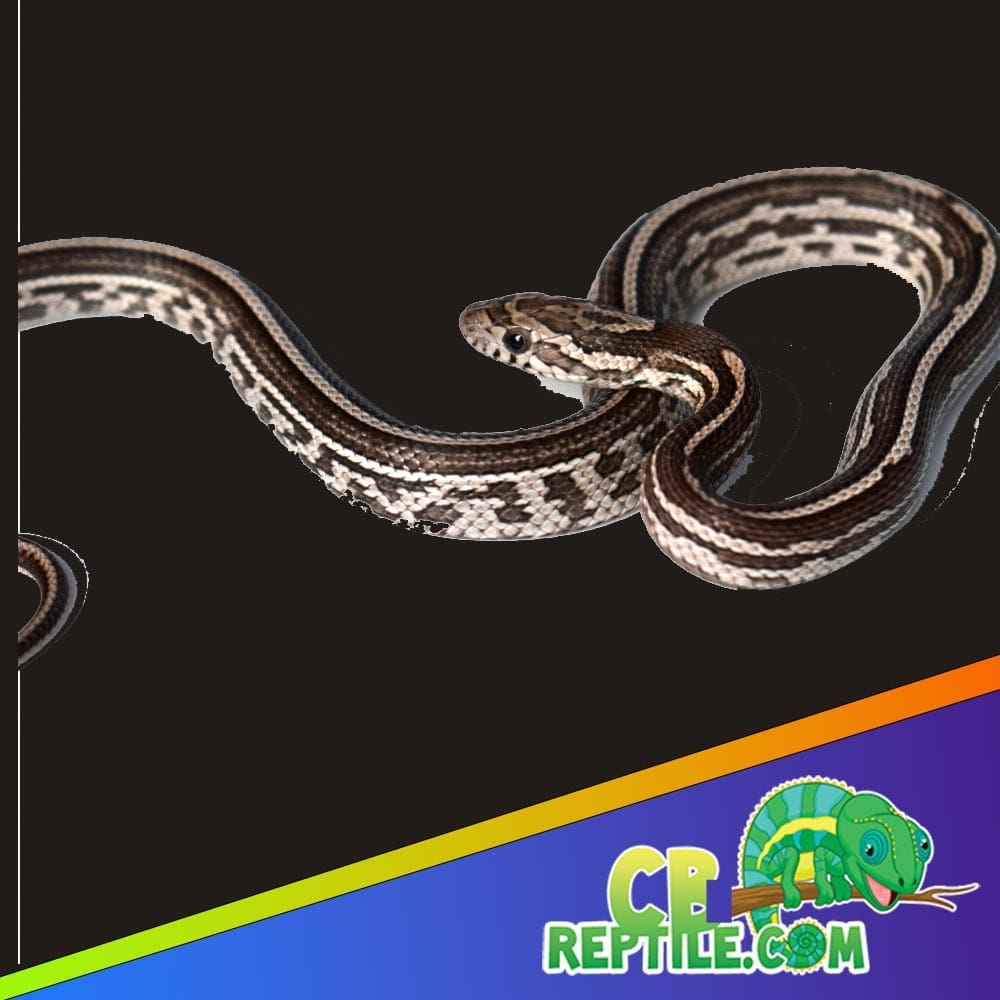
Corn Snake Habitat Construction
When you’re ready to pick out your new scaled friend, browse a healthy, well-started corn snake for sale and start your build with a confident smile.
Step 1: Choose the Right Enclosure (Size, Security & Ventilation)

Corn snakes are curious explorers and enthusiastic climbers. Give them room to roam while keeping them secure:
- Babies: 10–20 gallon or a 24–30″ long enclosure with plenty of clutter for security.
- Juveniles: 20–30 gallon equivalent works well as they gain confidence and size.
- Adults: Minimum 40 gallon (36–48″ long). Bigger is great if you provide multiple hides and pathways.
Glass terrariums with locking mesh lids or PVC reptile enclosures are excellent. Check every seam and latch—corn snakes are legendary escape artists. Ensure cross-ventilation to prevent stagnant air while maintaining stable temperatures.
Step 2: Substrate & Floor Plan (Comfort + Cleanliness)

A smart substrate keeps your habitat tidy and your snake happy:
- Best picks: Aspen shavings, paper bedding, or cypress mulch. These are absorbent and allow natural burrowing.
- Avoid: Cedar or pine—aromatic oils can be harmful.
- Depth: 1–2″ is plenty for routine spot-cleaning and light burrowing behavior.
Add two snug hides (warm and cool), a sturdy water bowl large enough for soaking, cork flats, branches, and faux greenery. Clutter = confidence. A confident snake explores more and eats better—yay for enrichment!
Step 3: Heating & Temperature Gradient (Thermostat = Peace of Mind)

Reptiles are ectotherms, so temperature gradients are non-negotiable. Use a thermostat on any heat source—safety first.
- Warm side surface: ~85°F measured at the substrate where your snake will coil.
- Cool side ambient: ~75°F.
- Night: ~70°F is fine for most homes.
A heat mat or heat tape under one side of the enclosure provides gentle belly heat for digestion. Ceramic heat emitters (no light) can add overhead warmth if your room is cool. Skip heat rocks—hot spots can burn.
Step 4: Lighting & Humidity (Simple, Consistent Rhythms)
Corn snakes don’t require UVB, but a steady day/night cycle supports normal behavior. A low-wattage LED or ambient room light on a 12-hour timer works beautifully. Aim for 40–50% humidity, with a slight bump during shed. Provide a humid hide (a lidded box with an entry hole and moist sphagnum moss) to ensure complete sheds from nose to tail tip.
Step 5: Décor That Does More (Paths, Privacy, Play!)

Design your interior like a miniature nature trail:
- Place branches at different angles for climbing and muscle tone.
- Create “loop routes” so your snake can circle the habitat without feeling exposed.
- Tuck foliage around hides to reduce line-of-sight stress and encourage bold exploration.
- Use a water dish with enough heft that inquisitive noses can’t tip it easily.
Step 6: Nutrition & Feeding Routine (Frozen/Thawed = Easy & Safe)
Captive-bred corn snakes from CBReptile.com typically arrive feeding reliably on frozen/thawed rodents—hooray for convenience and safety. Choose prey about the same width as your snake’s widest body point.
- Babies: 1 pinkie mouse every 5–7 days.
- Juveniles: 1 fuzzy/hopper mouse every 7 days.
- Adults: 1 adult mouse (or small rat if appropriate) every 7–10 days.
Thaw completely and warm to body temperature before offering with tongs. Many keepers feed in the enclosure when using low-risk substrates; others prefer a separate feeding tub for neatness. Avoid live prey—rodents can injure your snake.
Step 7: Raising a Baby Captive-Bred Corn Snake (Confidence from Day One)
Starting with a healthy, captive-bred baby is the happiest path to success. CBReptile.com is widely praised as the best source in the USA, offering well-started babies with consistent feeding and calm temperaments. Here’s the baby plan:
- Start cozy: Use a smaller enclosure with abundant clutter and two tight hides to reduce stress.
- Heat on point: Keep the warm side ~85°F and cool side ~75°F from day one; verify with probes.
- Hydration: Fresh water daily; maintain 40–50% humidity and offer a humid hide.
- Feeding rhythm: Pinkies every 5–7 days. Keep a log (date, prey size, acceptance) for easy tracking.
- Handling: After a week of settling and two successful feeds, begin brief, gentle sessions 2–3 times weekly—never right after meals.
- Shedding: Increase humidity slightly when eyes turn blue; confirm a complete shed including eye caps and tail tip.
- Scale up: Upgrade enclosure size and prey as growth milestones are reached.
Step 8: Cleaning, Biosecurity & Maintenance (Fresh = Happy)
- Spot clean: Remove waste promptly; refresh water daily.
- Deep clean: Every 4–6 weeks, replace substrate and disinfect the enclosure and décor with a reptile-safe cleaner.
- Quarantine newcomers: Keep any new reptiles separate for 60–90 days and monitor feeding, sheds, and respiration before proximity to other pets.
- Health checks: Watch body condition, appetite, and shed quality; consult a qualified reptile veterinarian if anything seems off.
Why Buy From a Real Corn Snake Breeder?
The difference is day-and-night: consistent feeders, clean sheds, steady temperaments, and honest guidance. Big-box stores may receive animals of uncertain origin, which can lead to stress and health challenges. Choosing experienced experts who raise animals in-house means you’re investing in predictability and lifelong support. Explore reputable corn snake breeders and enjoy peace of mind from the very start.
Quick Build Checklist
- Secure, escape-proof enclosure (10–20 gal babies → 40+ gal adults) with strong ventilation.
- Two hides (warm and cool), sturdy water bowl, branches, cork, and foliage for confidence and enrichment.
- Substrate: aspen, paper bedding, or cypress (no cedar/pine).
- Heat: warm side ~85°F, cool side ~75°F, nights ~70°F; always thermostat-controlled.
- Lighting: simple 12-hour day/night cycle; humidity 40–50%, humid hide for sheds.
- Diet: frozen/thawed rodents sized to girth; babies every 5–7 days, adults every 7–10 days.
- Maintenance: spot clean frequently; deep clean every 4–6 weeks; keep a feeding and shed log.
